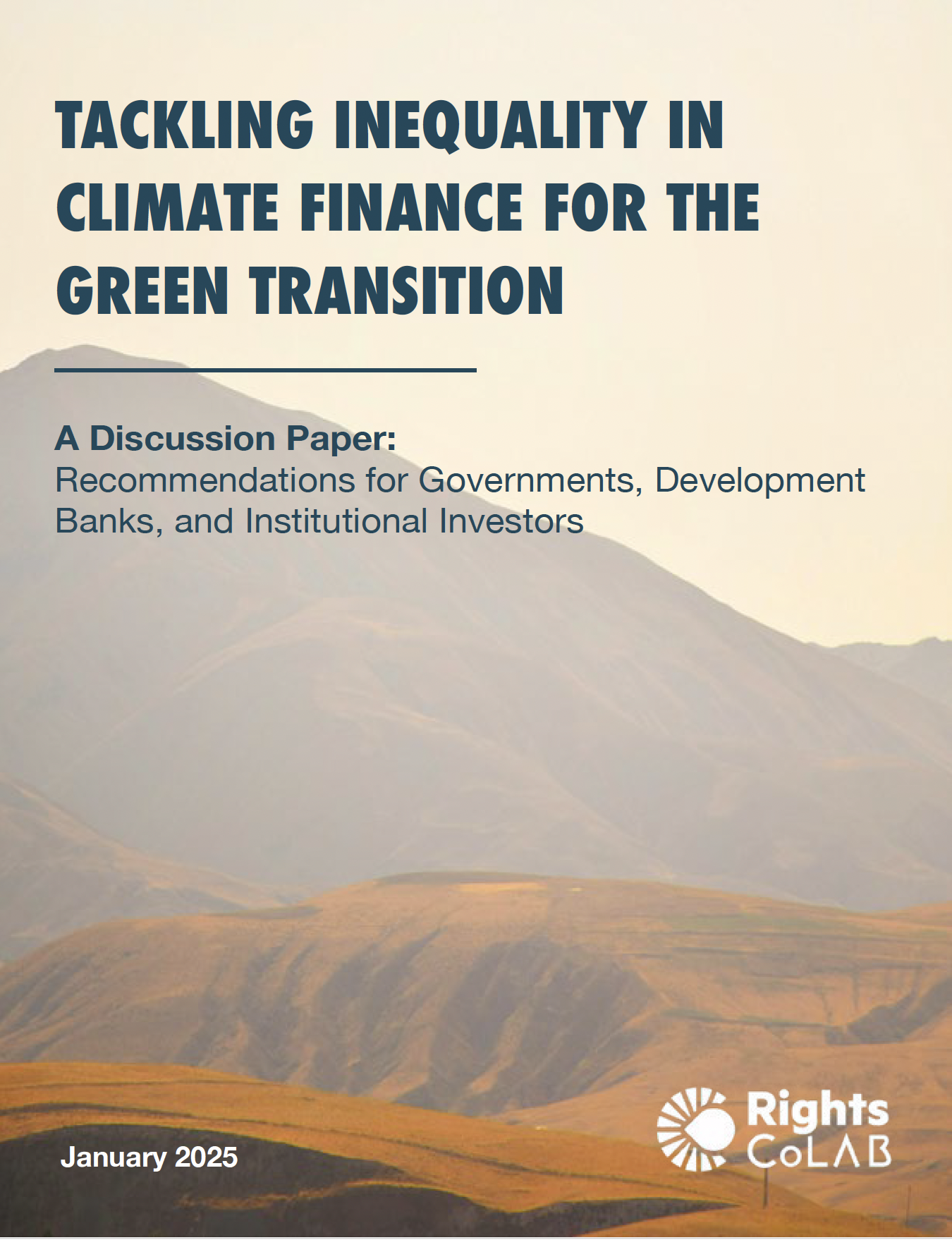Extreme weather events and climate disasters have claimed hundreds of thousands of lives and cost the U.S. economy trillions of dollars, intensifying calls for urgent action to curb rising temperatures through a green transition. As part of this effort, emerging markets and developing economies (EMDEs) require greater support to advance their decarbonization efforts.
At the same time, the scale of investment needed in EMDEs far exceeds what public and traditional financial mechanisms can provide. This has driven growing interest in blended finance—a model that combines public, philanthropic, and concessional funding with private capital to de-risk investments and attract private sector engagement.
However, current financing structures for EMDEs risk deepening both within-country and between-country wealth gaps, exacerbating inequalities and fueling instability—factors that could slow or even derail the transition. This Discussion Paper explores why blended finance must integrate socio-economic inequality considerations to ensure an effective and just climate transition. It outlines how governments, development finance institutions, and asset owners can embed intentions to tackle inequality into their financial commitments and presents four key recommendations to achieve this goal.
Photo by Bahador on Unsplash


